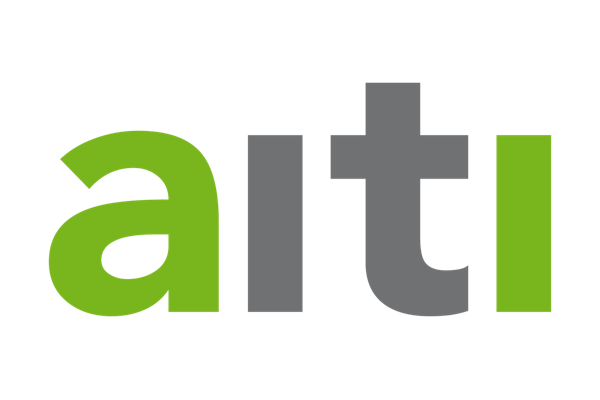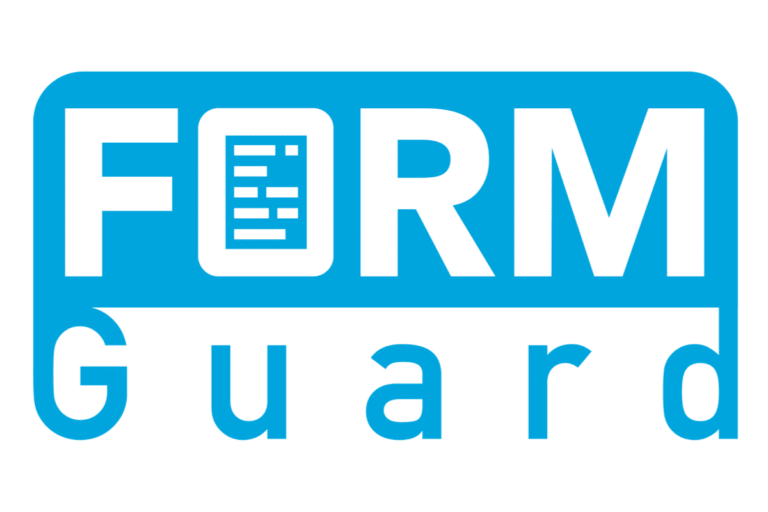Risk analysis and risk assessment are crucial in the regulated life science industry to identify and minimize potential hazards for patients and consumers.
Risk analysis and risk assessment are an important part of company-wide risk management and are used to identify, evaluate and prioritize potential hazards and vulnerabilities in processes, products or systems. They are also essential for compliance with legal regulation and international standards, which is of great importance for the approval and market success of these products.
A risk analysis, a thorough and methodical process, is a powerful tool that can significantly influence decision-making. It aims to identify and evaluate potential hazards and uncertainties in a given context. This process involves several steps, including the collection and analysis of data, the identification of risk factors and the assessment of the likelihood and potential impact of these risks. The aim is to develop a clear understanding of the risks in order to plan and implement suitable risk mitigation and control measures. Risk analysis, in your hands, plays a key role in ensuring the safety and efficiency of processes, products and systems.
Risk analyses in the regulated life science industry primarily serve the following purposes:
Ensuring product safety and quality: Risk analyses help identify and eliminate potential sources of error at an early stage to ensure the safety and effectiveness of products such as medicines and medical devices.
Compliance with legal regulations: Through systematic risk analyses, companies can ensure they comply with the legal requirements and international standards necessary to approve and distribute their products.
Conserving resources and increasing efficiency: Risk analyses enable the targeted allocation of resources to minimise risks, thereby avoiding inefficient processes and reducing costs.
Protecting patients and users: By identifying and eliminating potential hazards, risk assessments help to protect the health and safety of patients and users.
Supporting the continuous improvement process: Through regular risk assessments, companies can continuously identify weaknesses in their processes and make improvements. This continuous improvement process should make us optimistic about the future quality and safety of the products.
The topic of risk management in European regulations
- Regulation (EU) 2017/745 on medical devices (MDR): This regulation sets out comprehensive requirements for the risk management of medical devices, including identifying, assessing, and minimising risks..
- Regulation (EU) 2017/746 on in vitro diagnostic medical devices (IVDR): This regulation requires a robust risk management system for in vitro diagnostic medical devices, similar to the MDR.
- Directive 2001/83/EC on medicinal products for human use: This directive regulates the manufacture and placing on the market of medicinal products for human use in the EU and emphasises the importance of risk management.
- GMP guidelines (Good Manufacturing Practice): These guidelines, in particular Part I and Part II, include specific requirements for risk management in the manufacture of medicinal products.
- ICH Q9 Quality Risk Management: This international guideline has been integrated into the EU regulations and provides a structured risk management approach for pharmaceutical products.
- Regulation (EC) No. 726/2004: This regulation governs the central authorisation procedure for medicinal products in the EU and includes risk management requirements.
- ISO 13485:2016: This international standard, recognized in the EU, specifies requirements for quality management systems for medical devices, including risk management processes.
- ISO 14971:2019: This standard provides a framework for risk management in developing and manufacturing medical devices and is widely used in the EU..
- Regulation (EU) No. 1235/2010: This regulation deals with pharmacovigilance and lays down requirements for the risk management system for authorised medicinal products.
- Regulation (EU) 536/2014 on clinical trials: This regulation sets out requirements for risk management in clinical trials to ensure the safety of participants.


